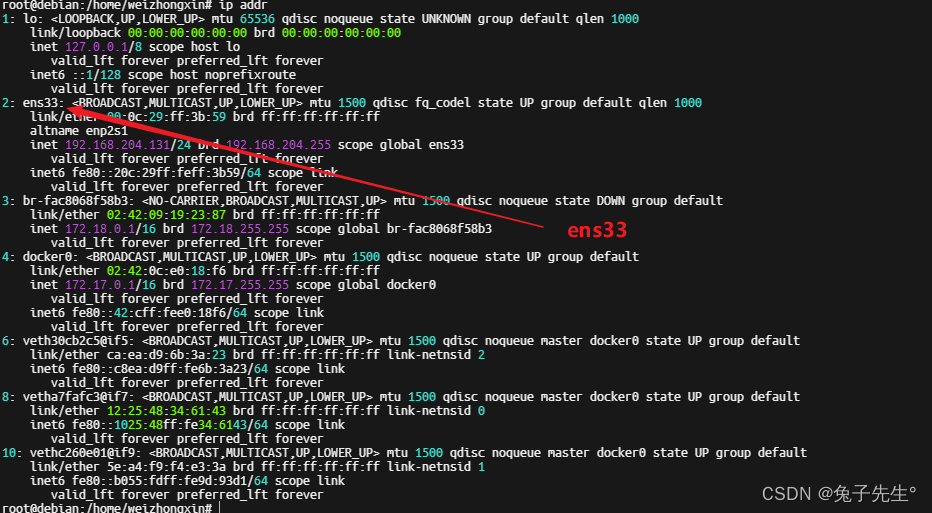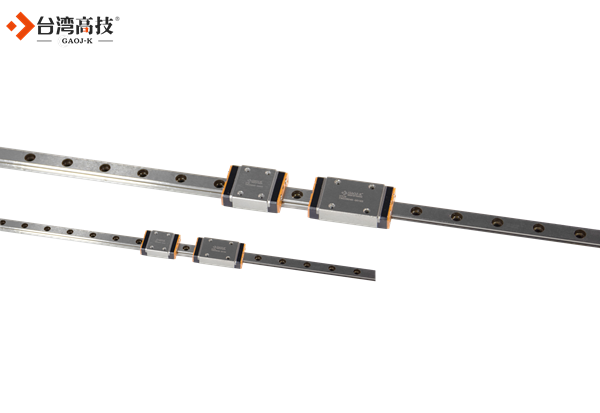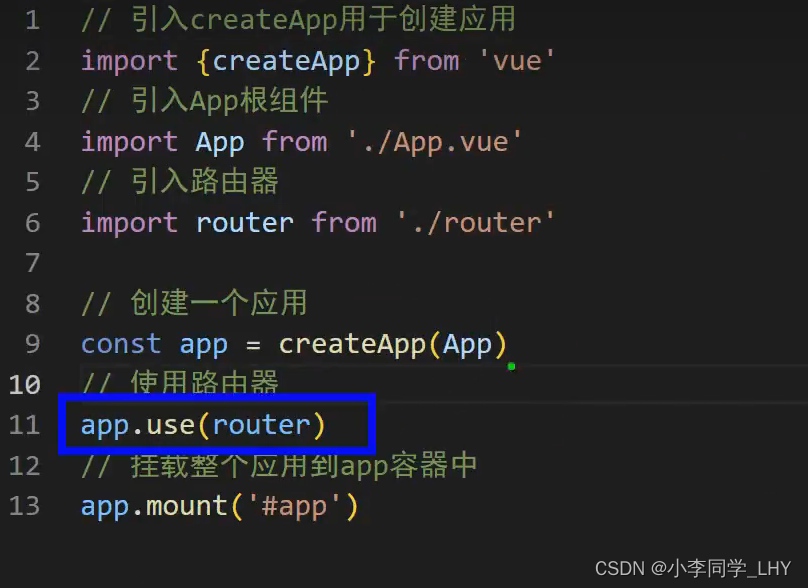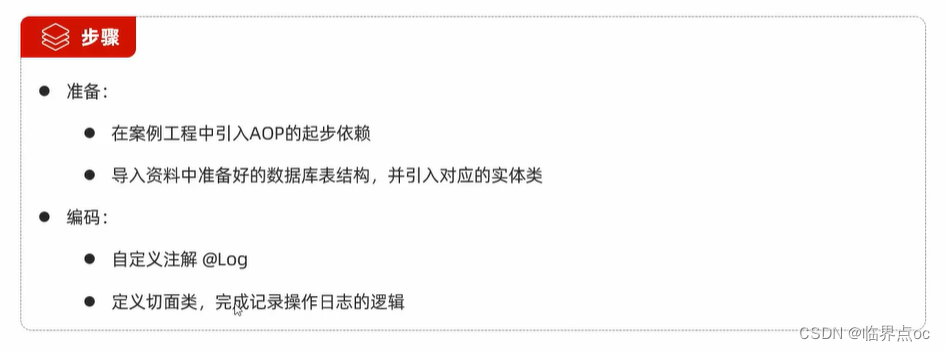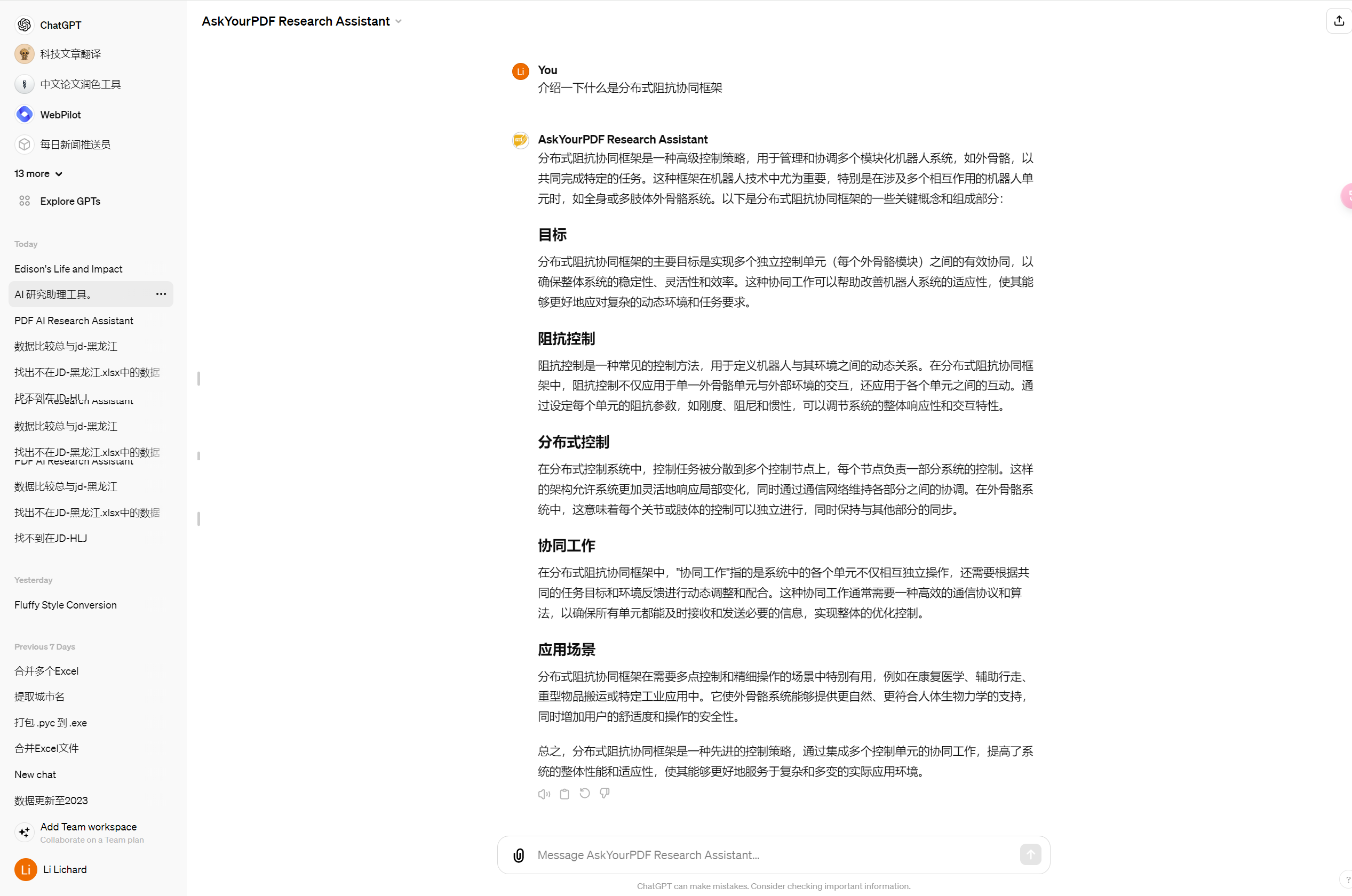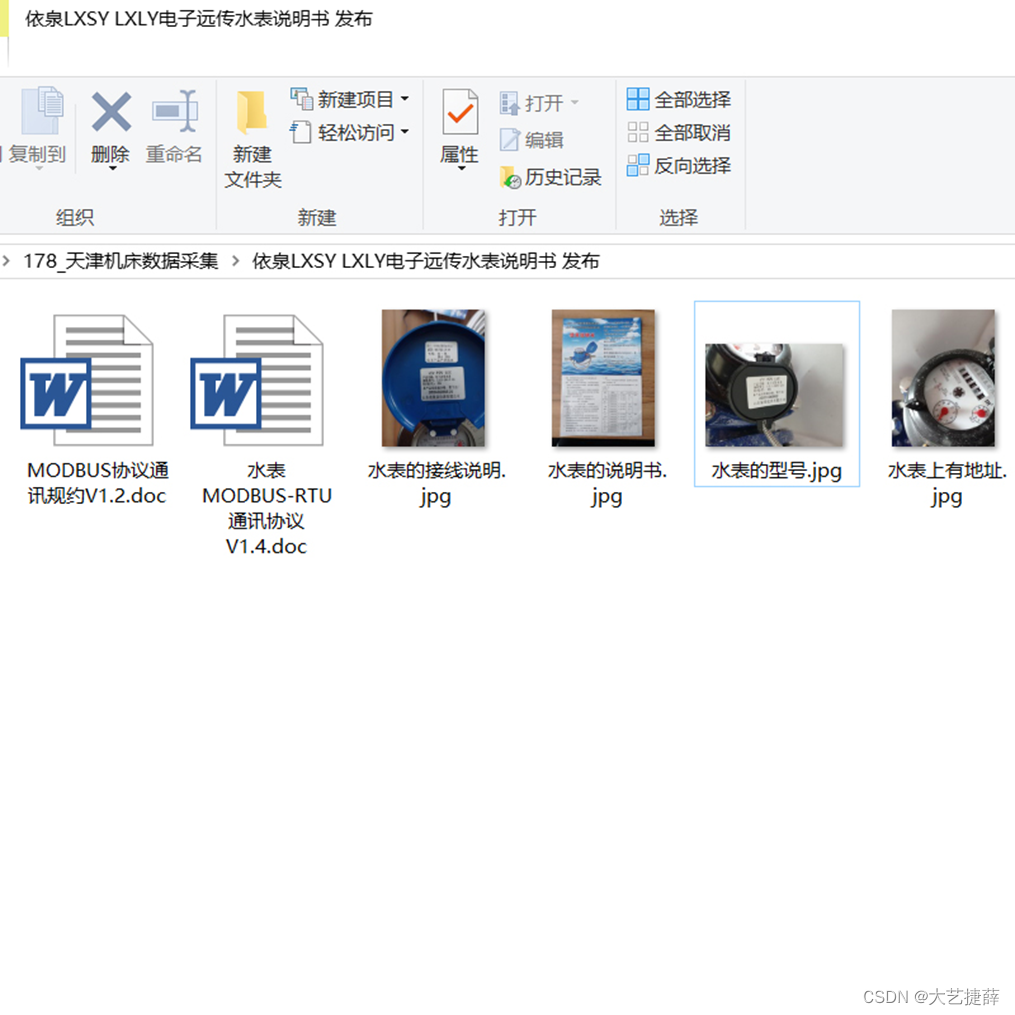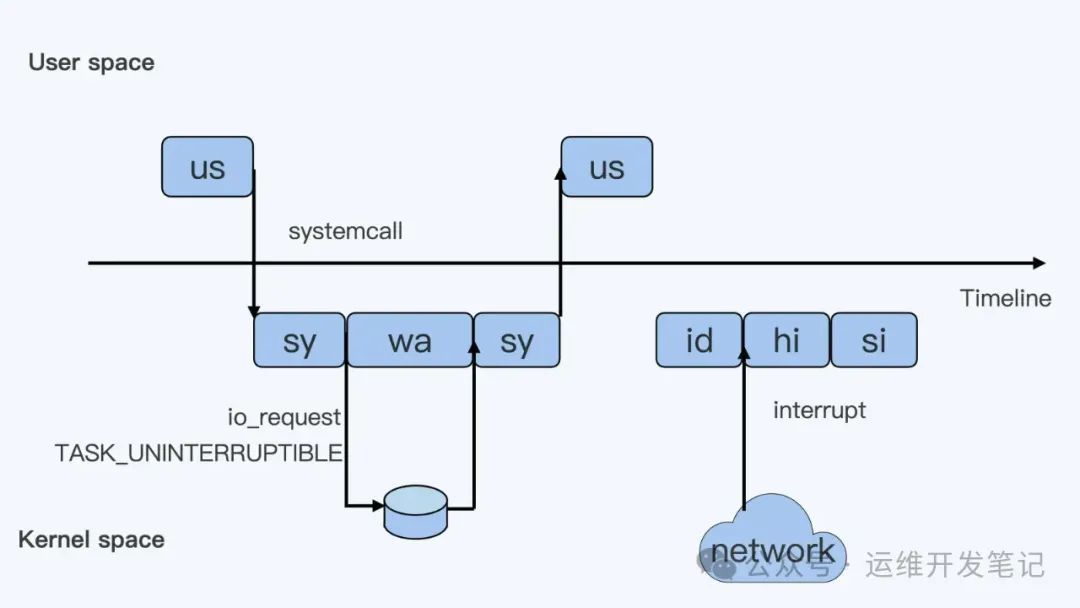目录
1 -> C++11简介
2 -> 统一的列表初始化
2.1 -> {}初始化
2.2 -> std::initializer_list
3 -> 声明
3.1 -> auto
3.2 -> decltype
3.3 -> nullptr

1 -> C++11简介
在2003年C++标准委员会曾经提交了一份技术勘误表(简称TC1),使得C++03这个名字已经取代了
C++98称为C++11之前的最新C++标准名称。不过由于C++03(TC1)主要是对C++98标准中的漏洞
进行修复,语言的核心部分则没有改动,因此人们习惯性的把两个标准合并称为C++98/03标准。
从C++0x到C++11,C++标准10年磨一剑,第二个真正意义上的标准珊珊来迟。相比于
C++98/03,C++11则带来了数量可观的变化,其中包含了约140个新特性,以及对C++03标准中
约600个缺陷的修正,这使得C++11更像是从C++98/03中孕育出的一种新语言。相比较而言,
C++11能更好地用于系统开发和库开发、语法更加泛华和简单化、更加稳定和安全,不仅功能更
强大,而且能提升程序员的开发效率,公司实际项目开发中也用得比较多。
2 -> 统一的列表初始化
2.1 -> {}初始化
在C++98中,标准允许使用花括号{}对数组或者结构体元素进行统一的列表初始值设定。
#define _CRT_SECURE_NO_WARNINGS 1
#include <iostream>
using namespace std;
struct fyd
{
int x;
int y;
};
int main()
{
int array1[] = { 1, 2, 3, 4, 5 };
int array2[5] = { 0 };
fyd p = { 1, 2 };
return 0;
}C++11扩大了用大括号括起的列表(初始化列表)的使用范围,使其可用于所有的内置类型和用户自
定义的类型,使用初始化列表时,可添加等号(=),也可不添加。
#define _CRT_SECURE_NO_WARNINGS 1
#include <iostream>
using namespace std;
struct fyd
{
int x;
int y;
};
int main()
{
int x1 = 1;
int x2{ 2 };
int array1[]{ 1, 2, 3, 4, 5 };
int array2[5]{ 0 };
fyd p{ 1, 2 };
// C++11中列表初始化也可以适用于new表达式中
int* pa = new int[4]{ 0 };
return 0;
}创建对象时也可以使用列表初始化方式调用构造函数初始化
#define _CRT_SECURE_NO_WARNINGS 1
#include <iostream>
using namespace std;
class Date
{
public:
Date(int year, int month, int day)
:_year(year)
, _month(month)
, _day(day)
{
cout << "Date(int year, int month, int day)" << endl;
}
private:
int _year;
int _month;
int _day;
};
int main()
{
Date d1(2024, 4, 1);
// C++11支持的列表初始化,这里会调用构造函数初始化
Date d2{ 2024, 4, 2 };
Date d3 = { 2024, 4, 3 };
return 0;
}2.2 -> std::initializer_list
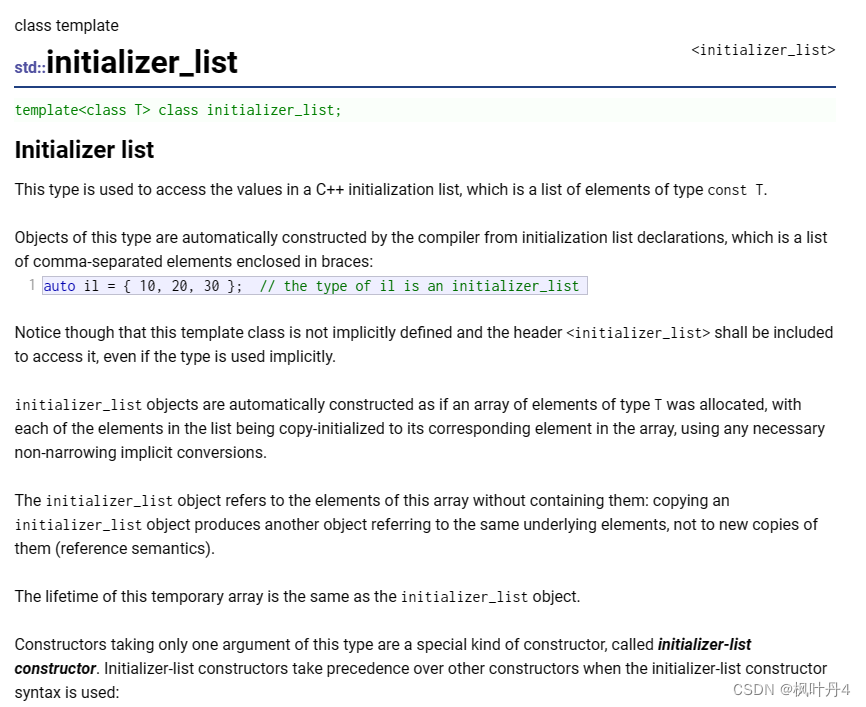
std::initializer_list的介绍文档
std::initializer_list是什么类型:
#define _CRT_SECURE_NO_WARNINGS 1
#include <iostream>
using namespace std;
int main()
{
auto il = { 10, 20, 30 };
cout << typeid(il).name() << endl;
return 0;
}std::initializer_list使用场景:
std::initializer_list一般是作为构造函数的参数,C++11对STL中的不少容器就增加
std::initializer_list作为参数的构造函数,这样初始化容器对象就更方便了。也可以作为operator=
的参数,这样就可以用大括号赋值。
list
vector
map
operator=
#define _CRT_SECURE_NO_WARNINGS 1
#include <iostream>
#include <vector>
#include <map>
#include <list>
using namespace std;
int main()
{
vector<int> v = { 1,2,3,4 };
list<int> lt = { 1,2 };
// 这里{"sort", "排序"}会先初始化构造一个pair对象
map<string, string> dict = { {"sort", "排序"}, {"insert", "插入"} };
// 使用大括号对容器赋值
v = { 10, 20, 30 };
return 0;
}让模拟实现的vector也支持{}初始化和赋值
#define _CRT_SECURE_NO_WARNINGS 1
#include <iostream>
#include <vector>
#include <map>
#include <list>
using namespace std;
namespace fyd
{
template<class T>
class vector
{
public:
typedef T* iterator;
vector(initializer_list<T> l)
{
_start = new T[l.size()];
_finish = _start + l.size();
_endofstorage = _start + l.size();
iterator vit = _start;
typename initializer_list<T>::iterator lit = l.begin();
while (lit != l.end())
{
*vit++ = *lit++;
}
//for (auto e : l)
// *vit++ = e;
}
vector<T>& operator=(initializer_list<T> l)
{
vector<T> tmp(l);
std::swap(_start, tmp._start);
std::swap(_finish, tmp._finish);
std::swap(_endofstorage, tmp._endofstorage);
return *this;
}
private:
iterator _start;
iterator _finish;
iterator _endofstorage;
};
}3 -> 声明
C++11提供了多种简化声明的方式,尤其是在使用模板时。
3.1 -> auto
在C++98中auto是一个存储类型的说明符,表明变量是局部自动存储类型,但是局部域中定义局
部的变量默认就是自动存储类型,所以auto就没什么价值了。C++11中废弃auto原来的用法,将
其用于实现自动类型腿断。这样要求必须进行显示初始化,让编译器将定义对象的类型设置为初
始化值的类型。
#define _CRT_SECURE_NO_WARNINGS 1
#include <iostream>
#include <vector>
#include <map>
#include <list>
using namespace std;
int main()
{
int i = 10;
auto p = &i;
auto pf = strcpy;
cout << typeid(p).name() << endl;
cout << typeid(pf).name() << endl;
map<string, string> dict = { {"sort", "排序"}, {"insert", "插入"} };
//map<string, string>::iterator it = dict.begin();
auto it = dict.begin();
return 0;
}3.2 -> decltype
关键字decltype将变量的类型声明为表达式指定的类型。
#define _CRT_SECURE_NO_WARNINGS 1
#include <iostream>
#include <vector>
#include <map>
#include <list>
using namespace std;
// decltype的一些使用使用场景
template<class T1, class T2>
void F(T1 t1, T2 t2)
{
decltype(t1 * t2) ret;
cout << typeid(ret).name() << endl;
}
int main()
{
const int x = 1;
double y = 2.2;
decltype(x * y) ret; // ret的类型是double
decltype(&x) p; // p的类型是int*
cout << typeid(ret).name() << endl;
cout << typeid(p).name() << endl;
F(1, 'a');
return 0;
}3.3 -> nullptr
由于C++中NULL被定义成字面量0,这样就可能带来一些问题,因为0既能表示指针常量,又能表示整型常量。所以出于清晰和安全角度考虑,C++11中新增了nullptr,用于表示空指针。
#ifndef NULL#ifdef __cplusplus#define NULL 0#else#define NULL ((void *)0)#endif#endif
感谢大佬们支持!!!
互三啦!!!
